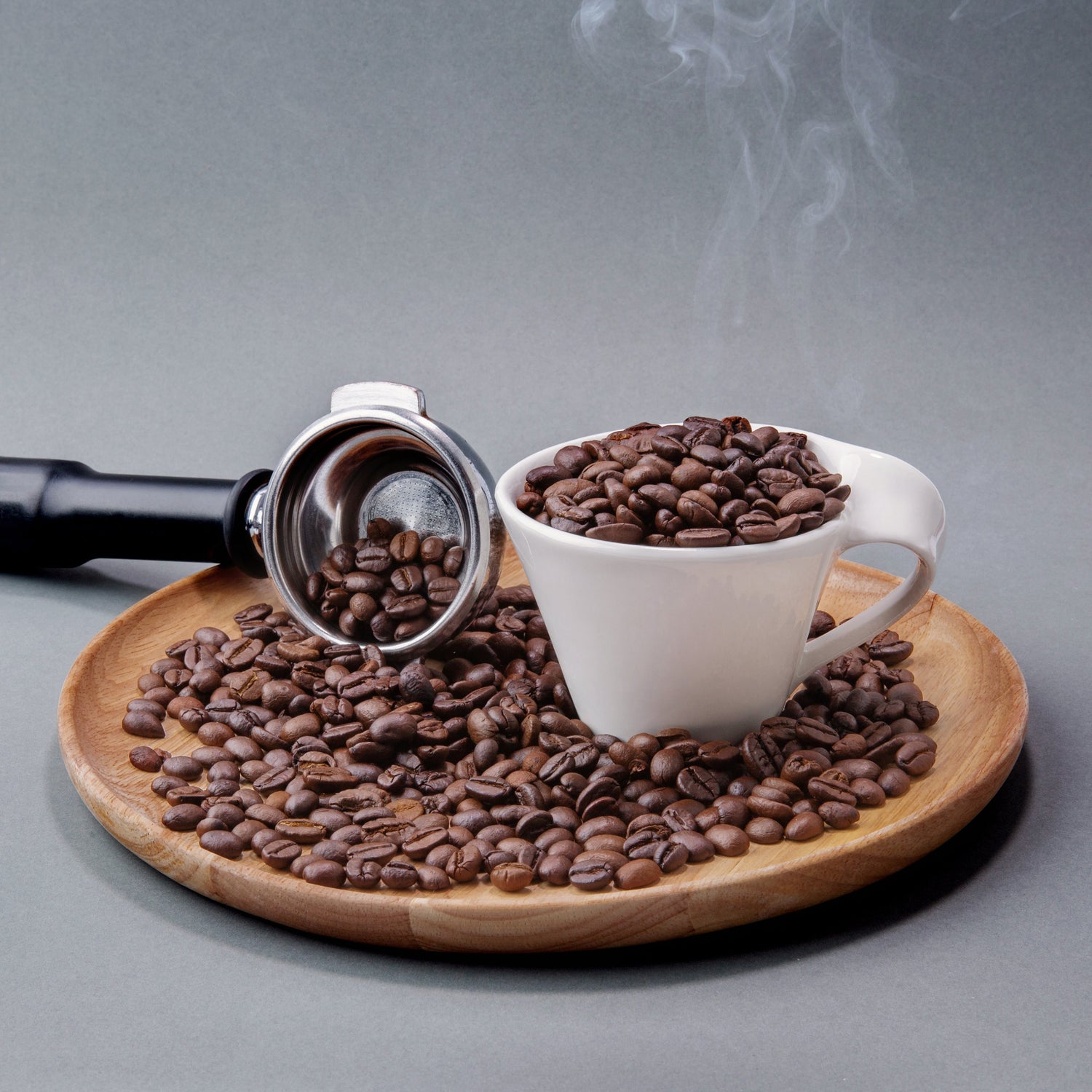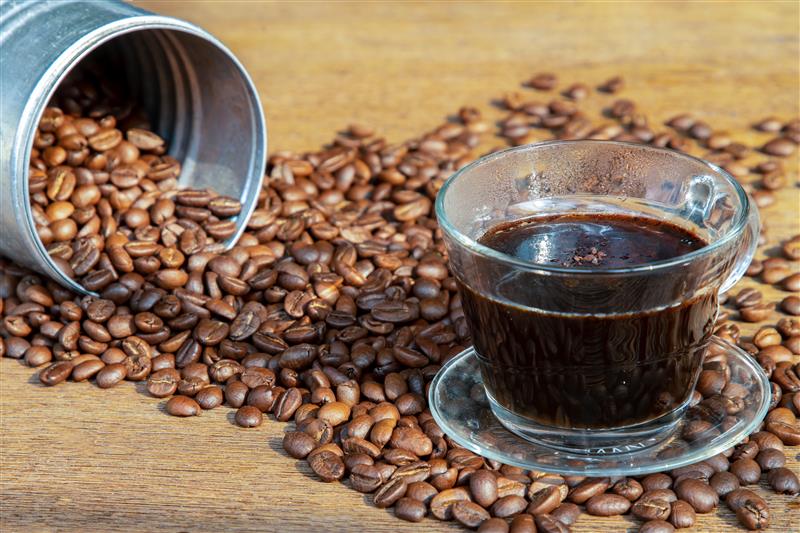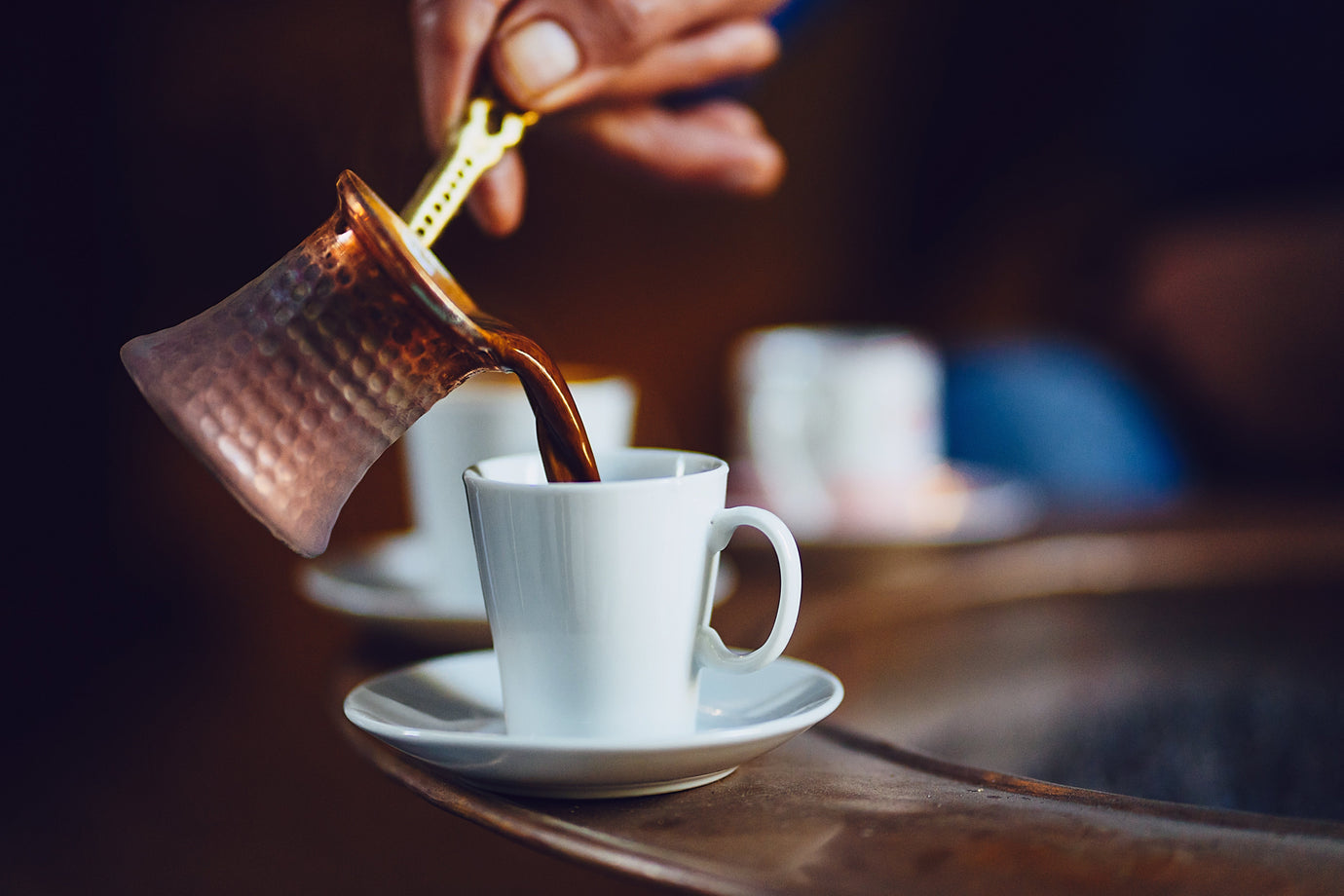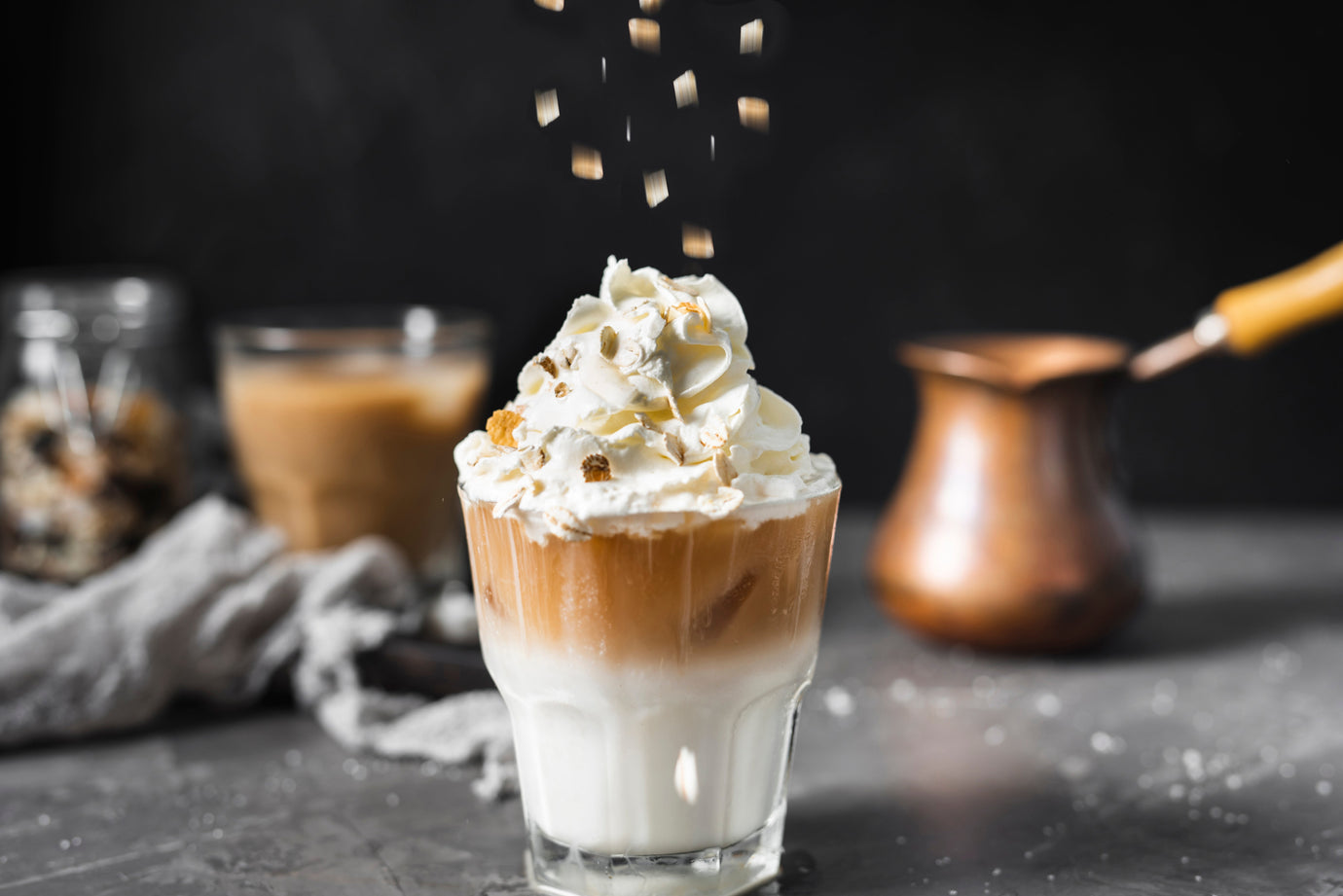Searching for the Best Espresso Beans? Here’s What True Coffee Lovers Know

Espresso is pressure, precision, and patience condensed into a cup. Since the method extracts flavour so quickly, there’s nowhere for imperfections to hide. Bitter edges, sour bursts, dull finishes, each flaw points straight back to the beans.
Good espresso beans carry balanced oils, dense structure, and uniform roasting. When ground fine and pulled right, they release layers of sweetness, cocoa, nuts, fruit, or spice. Poor-grade beans, even with a fancy machine, will flatten that experience into mediocrity.
Choosing well doesn’t just enhance taste; it protects your investment in equipment and effort.
You’ll notice the difference in the cup: less bitterness, rounder body, more natural sweetness. Still, “organic” isn’t automatic perfection. Roast profile and storage matter just as much. Treat them poorly, and even the most responsibly grown beans will taste lifeless.
Late afternoon reflection? A single-origin with berry brightness lifts energy without heaviness.
Evening dessert pairing? Try nutty or caramel tones that echo sweetness. Coffee moods are real; part of enjoying the best espresso beans is matching their personality to yours at the moment.
Even the best espresso beans can’t forgive technique errors, but they make success easier once you refine the process.
What Counts as “Good Espresso Beans”
To spot quality beans, rely on a few sensory clues rather than buzzwords.- Freshness first. Always check the roast date. Beans peak between days 5 and 30 after roasting.
- Texture and sheen. Healthy oils mean the roast was even; too shiny may hint at over-roasting.
- Smell test. Good coffee beans for espresso smell alive—sweet, nutty, sometimes floral.
- Consistency. Similar size and colour signal uniform development.
The Rise of the Best Organic Espresso Beans
Many coffee drinkers are turning to organic not as a trend but as a principle. Farms that skip synthetic chemicals often yield cleaner flavours and preserve biodiversity. The best organic espresso beans come from producers who nurture soil health and hand-pick cherries at precise ripeness.You’ll notice the difference in the cup: less bitterness, rounder body, more natural sweetness. Still, “organic” isn’t automatic perfection. Roast profile and storage matter just as much. Treat them poorly, and even the most responsibly grown beans will taste lifeless.
Roast Level: The Invisible Art Behind Espresso
The roast dictates mood.- Medium roast: balanced, bright, versatile.
- Medium-dark: fuller body, caramel and chocolate tones.
- Dark roast: heavy, smoky, comforting, but risks bitterness if pushed too far.
Origins and How They Shape the Cup
Different regions gift distinct personalities:- Latin America: chocolate, nuts, mild citrus.
- East Africa: berries, florals, sparkling acidity.
- Southeast Asia: spice, earth, syrupy depth.
Evaluating Beans Before You Buy
A quick pre-purchase checklist:- Clear roast date
- Espresso-specific mention on the bag
- One-way valve on packaging
- Roast description and tasting notes
- Ethical or organic certification (if relevant)
- Reasonable price per gram
Why Freshness Is Everything
Stale beans betray themselves fast. Once exposed to air, the aromatic compounds—the very essence of espresso… evaporate. Keep your bag sealed, away from light and moisture, and resist the freezer unless you buy in bulk. Even the best espresso beans lose charm if neglected. Think of them as produce: time, temperature, and handling decide whether they dazzle or disappoint.Grinding and Extraction: Where Beans Meet Skill
A grinder is the bridge between raw beans and liquid gold. Use a burr grinder, not blades. Adjust until shots pull within 25–30 seconds with a steady flow and rich crema. If the shot gushes too fast, grind finer. If it crawls or tastes bitter, go coarser. With good espresso beans, small tweaks bring huge payoffs. The sweet spot reveals itself through trial, error, and patience, a ritual most baristas secretly love.Milk or No Milk? Choose Accordingly
Those who love straight shots may lean toward fruity or bright beans, often from Africa or Central America. For milk drinks, you’ll want deeper, chocolate-heavy profiles that cut through dairy’s sweetness. The top espresso beans for cappuccinos and lattes usually come from blends that balance cocoa richness with gentle acidity. Always taste the espresso alone first; milk should complement, not conceal, its character.Storage Habits That Protect Flavour
- Keep beans in an opaque airtight container.
- Avoid clear jars because light steals freshness.
- Don’t refrigerate daily-use coffee; condensation kills aroma.
- Buy small amounts more often rather than stockpiling.
How to Tell When Beans Go Bad
You’ll sense it. The aroma fades first. Then crema thins. Flavour flattens or turns harsh. The cause might be oxygen exposure or simply age. Once that happens, it’s better to replace than rescue. Espresso punishes neglect.Matching Beans to Machines
Automatic, semi-automatic, or manual lever… each interacts differently with grind and pressure.- Automatic machines prefer consistent, medium-dark blends.
- Semi-automatics allow experimentation with lighter roasts.
- Manual levers demand precision but reward artistry.
Pairing Flavour With Mood
Morning rush? Go for chocolate-heavy blends with comforting bitterness.Late afternoon reflection? A single-origin with berry brightness lifts energy without heaviness.
Evening dessert pairing? Try nutty or caramel tones that echo sweetness. Coffee moods are real; part of enjoying the best espresso beans is matching their personality to yours at the moment.
Sustainable Sourcing and Future Trends
Consumers now ask where beans come from, how workers are paid, and how farms handle water and shade. Transparency, once rare, is becoming expected. Sustainable cultivation not only preserves forests but also often improves cup quality. Healthy soil, healthy taste. Soon, “best espresso beans” may mean best for the planet as much as best for the palate.DIY Tasting: Training Your Palate
Set aside an hour on a weekend. Brew three espressos using beans of different roasts or origins. Note aroma, texture, sweetness, and finish. Write impressions before adding milk or sugar. This simple exercise turns drinking into discovery. With repetition, you’ll start recognising what makes certain batches truly top espresso beans, the ones that speak your language through flavour.Troubleshooting Common Issues
| Problem | Likely Cause | Quick Fix |
|---|---|---|
| Sour shot | Grind too coarse or beans too fresh | Finer grind, rest beans for a few days |
| Bitter shot | Over-extracted or beans too old | Coarser grind, use newer beans |
| Thin crema | Stale roast or poor tamp | Fresher beans, firmer tamp |
| Uneven taste | Channeling in puck | Level the grounds before tamping |
Even the best espresso beans can’t forgive technique errors, but they make success easier once you refine the process.
The Joy of Routine
Great espresso isn’t just chemistry; it’s ritual. Filling the basket, tamping evenly, hearing the first hiss; it becomes meditation. When you use consistently good espresso beans, the act itself is a reward. You stop chasing perfection and start enjoying progress.Key Takeaways
- Always check the roast date.
- Prioritise freshness and proper storage.
- Match roast and origin to taste preference.
- Choose sustainable, organic sources when possible.
- Keep experimenting because palates evolve.




